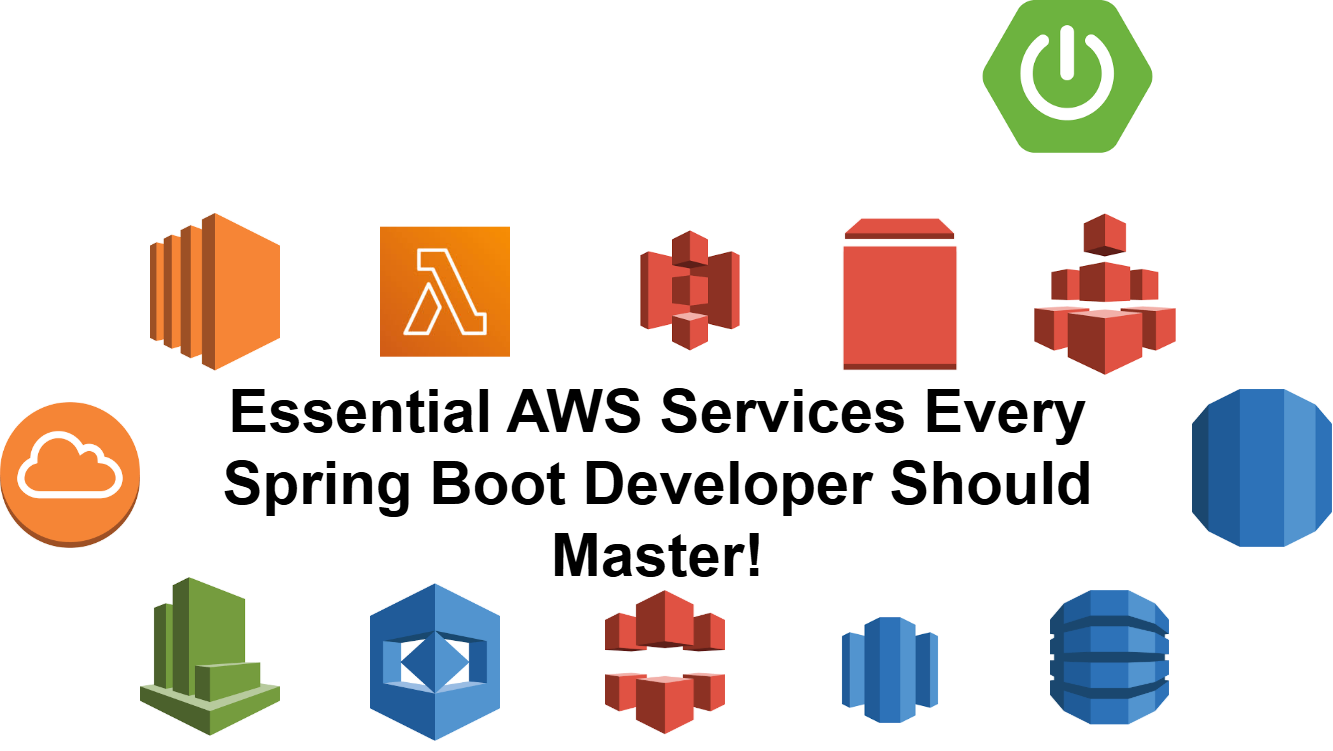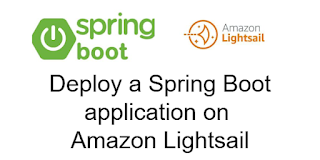Essential AWS Services Every Spring Boot Developer Should Master!

For a Spring Boot developer looking to integrate with AWS, several services are highly beneficial to master. These services will help you build, deploy, and scale your Spring Boot applications efficiently on AWS. 🌐🚀 1. Amazon EC2 (Elastic Compute Cloud) 🖥️ Purpose : EC2 is essential for running virtual machines on AWS. You can use EC2 instances to host your Spring Boot applications. Key Skills : Launching EC2 instances, configuring auto-scaling, setting up security groups, and managing instances using EC2 CLI or AWS SDK. 2. Amazon S3 (Simple Storage Service) 🗂️ Purpose : S3 is used for storing static assets, backups, and large files like images or documents. Key Skills : Uploading and retrieving files, setting up buckets, configuring access control policies, and using the AWS SDK in your Spring Boot app. 3. Amazon RDS (Relational Database Service) 🏛️ Purpose : For managing relational databases like MySQL, PostgreSQL, and Oracle. Spring Boot applications commonly interact with data...



